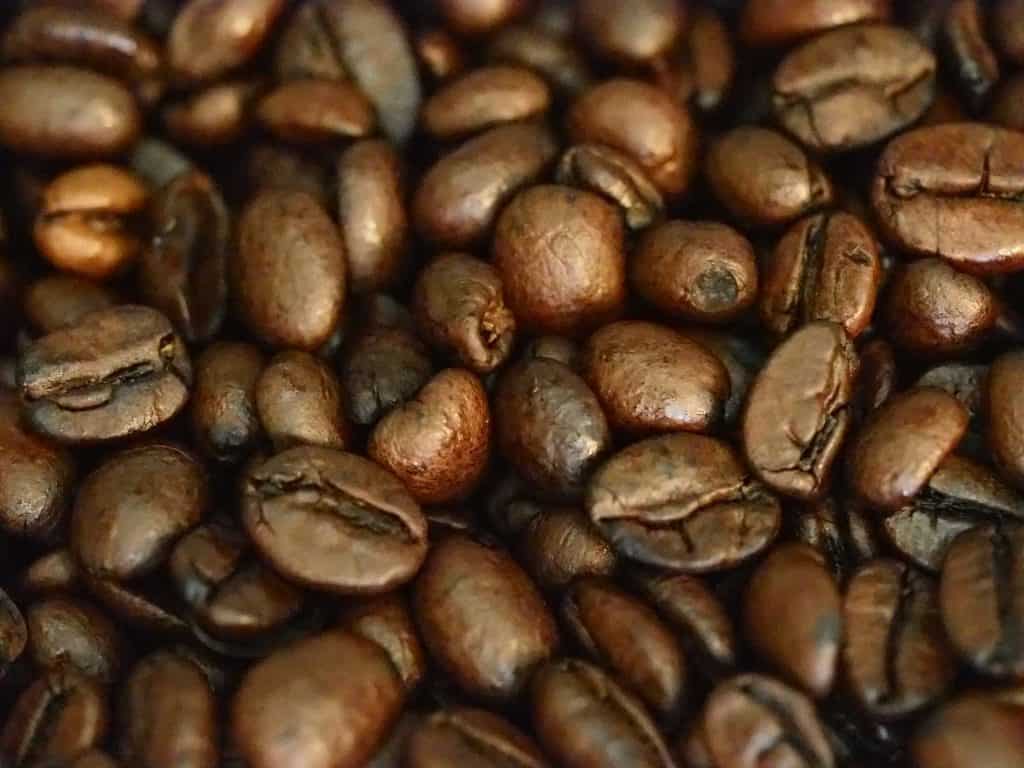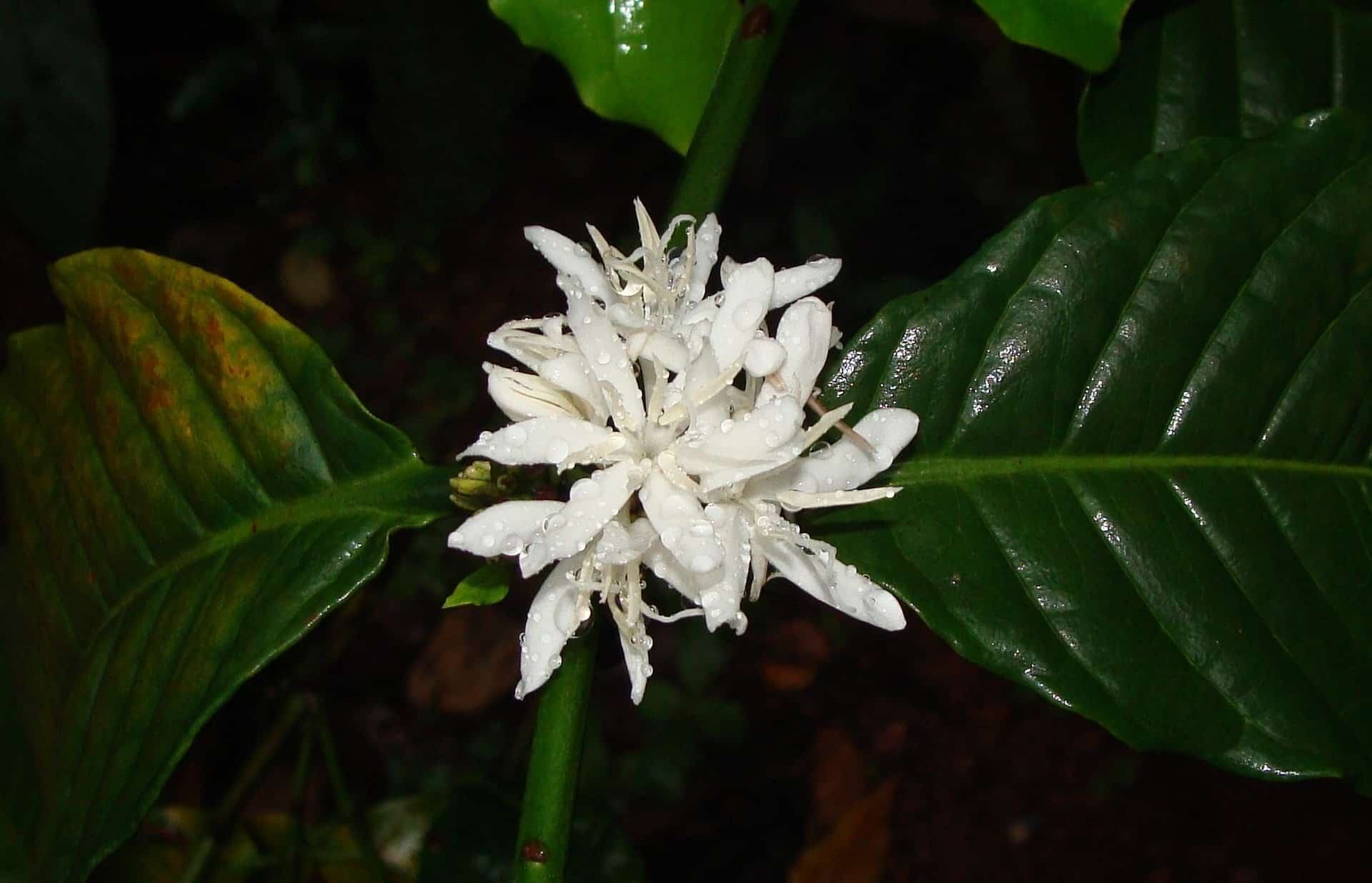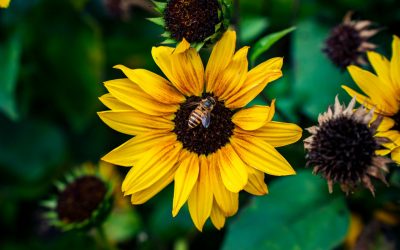Coffee without bees?
Learn why bees are crucial for 40% of world’s coffee production

A cup of coffee is part of a daily morning ritual for many people.
Why? Because of the essential service that bees and other pollinators provide. When plants reproduce, female procreation material has to get in touch with male procreation material. As we know, plants can’t move, so they need little helpers. This can be the wind, carrying pollen through the air. Likwise, those helpers can be pollinating insects, who, seduced by the offered nectar of a flower, transfer also the procreation material from plant to plant. Curious? Read more in our article What is pollination.
Back to the coffee.
You might know that the most important and diffused coffee plants are Arabica (Coffea arabica) and Robusta (Coffea canephora).
Now, Arabica plants are known as highland coffee plants and found above 1.200 – 1.5000 meters altitude.
They are self-fertilizing and they usually don’t need bees for pollination, being a wind-pollinated plant species.
However, when bees are around Arabica plants, the coffee fruit harvest increases up to 16%!Differently, Robusta plants are lowland coffee plants. Most importantly, Robusta Coffee makes up around 40% of the world’s coffee production.
They are used to an environment with a strong biodiversity.
They are self-sterile and depend entirely on cross pollination. In short, they need bees!

This is what a robusta blossom (coffee blossom) looks like.

This is what coffee fruits look like when harvested.



